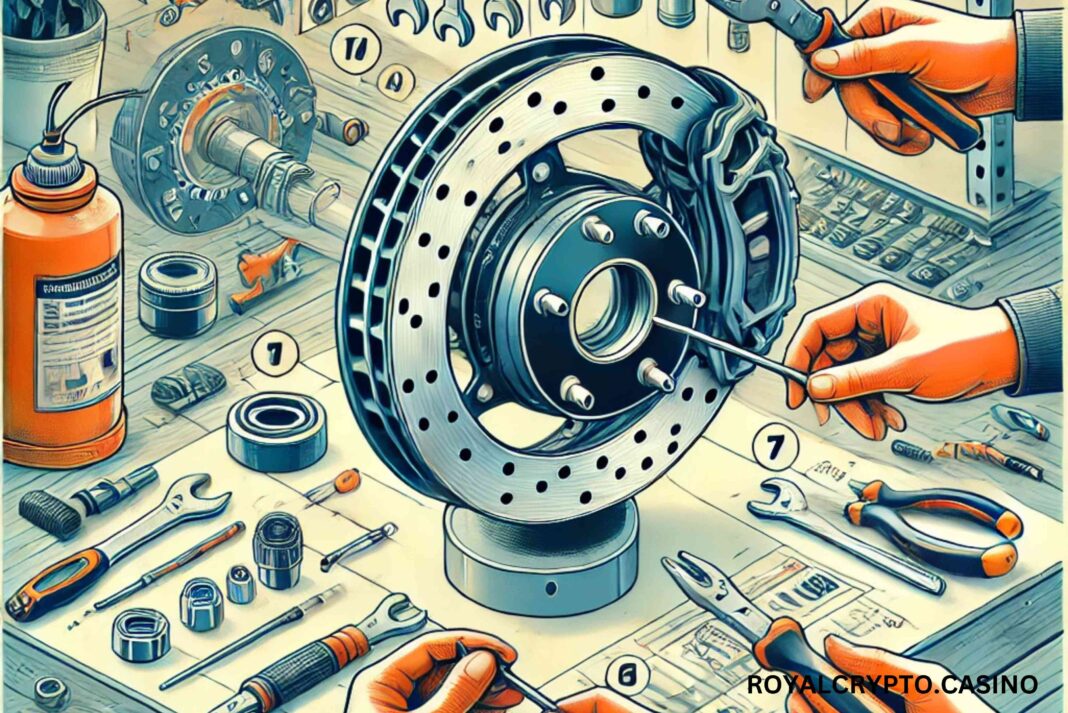Introduction To гальмівний барабае чезет 472.6
Replacing your гальмівний барабае чезет 472.6 brake drum may seem like a daunting task, but with the right tools and guidance, it’s something you can do yourself. Whether you’re looking to save money or just enjoy working on your vehicle, this step-by-step guide will help you get the job done efficiently and safely.
Tools and Materials Needed
Compile the necessary tools and supplies before you start:
- Jack and jack stands
- Lug wrench
- Screwdrivers
- Pliers
- Brake cleaner
- New гальмівний барабае чезет 472.6 brake drum
- Safety gloves and goggles
Safety Precautions
Safety first! These steps will help to guarantee a seamless and accident-free flow:
- Always work on a flat, stable surface.
- Use wheel chocks to prevent rolling.
- Wear protective gear such as gloves and goggles.
- Work never under a car just supported by a jack.
Preparing Your Vehicle
Parking your car on a flat surface and activating the parking brake first will help you subsequently:
- Loosen the lug nuts slightly.
- Use a jack to lift the car and place jack stands securely.
- Remove the wheel to access the brake drum.
Removing the Old Brake Drum
Follow these steps to remove the old brake drum:
- Inspect for any retaining clips and remove them.
- Gently tap the drum with a mallet to loosen it.
- Pull the drum off carefully to avoid damaging the brake components.
Inspecting the Brake Components
Once the drum is removed, inspect the following components:
- Brake shoes for wear and tear
- Springs and adjusters for any damage
- Brake cylinders for leaks
Replace any worn-out parts as needed.
Installing the New Brake Drum
To install the new brake drum:
- Clean the brake components with brake cleaner.
- Align the new drum properly and slide it onto the hub.
- Ensure it fits snugly and rotates smoothly.
Adjusting the Brake System
Proper adjustment is crucial for optimal braking performance:
- Use the adjuster wheel to set the correct clearance.
- Spin the drum to check for any drag.
- Repeat until the brake engages properly.
Testing the Brakes
Before driving, test the brakes by:
- Pumping the brake pedal to build pressure.
- Taking a slow test drive to ensure smooth braking.
- Listening for any unusual noises.
Troubleshooting Common Issues

If you encounter problems, consider these solutions:
- Brake noise: Check for debris or incorrect installation.
- Soft pedal: Bleed the brake system to remove air.
- Uneven braking: Ensure the drum is seated correctly.
Maintenance Tips
To extend the life of your brake drum, follow these tips:
- Regularly inspect for wear.
- Clean brake components periodically.
- Avoid heavy braking to reduce stress.
Conclusion
Replacing your гальмівний барабае чезет 472.6 brake drum is a manageable DIY task that can save you money and improve your vehicle’s performance. By following this guide, you’ll ensure a smooth and safe replacement process.
Frequently Asked Questions (FAQs)
- How often should I replace my brake drum?
Typically, brake drums should be replaced every 50,000 to 70,000 miles, but it depends on driving conditions and maintenance. - What are the signs of a worn-out brake drum?
Signs include vibration, noise, reduced braking power, and visible scoring on the drum surface. - Can I replace just one brake drum, or should I do both?
It’s recommended to replace both drums at the same time to maintain balanced braking. - What if my new brake drum doesn’t fit?
Double-check the part number and ensure proper installation techniques. - Do I need to bleed the brakes after replacing the drum?
Bleeding is usually not required unless you’ve disturbed the hydraulic system.

